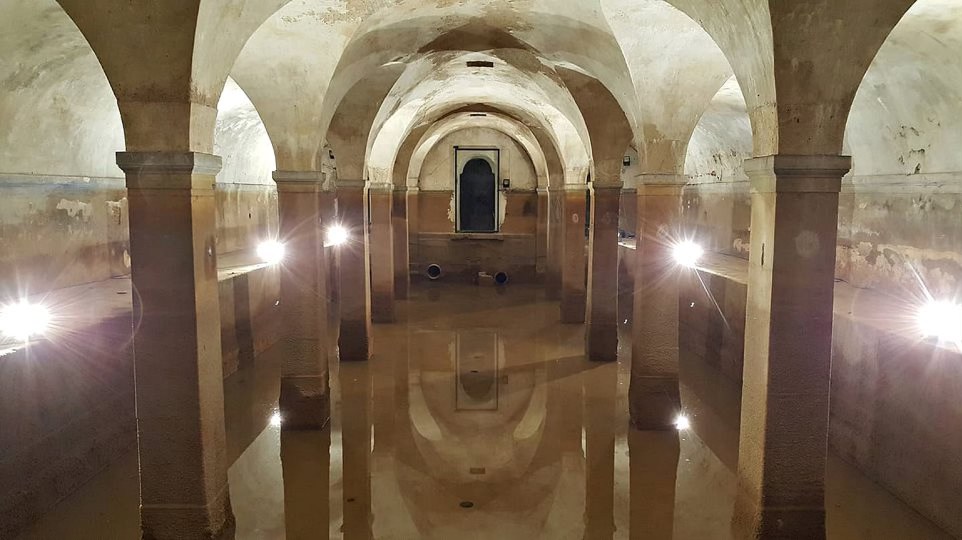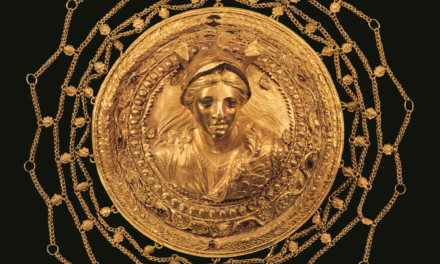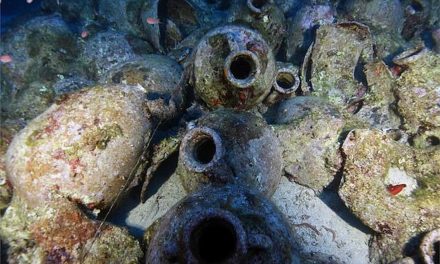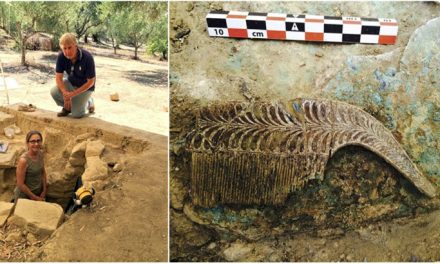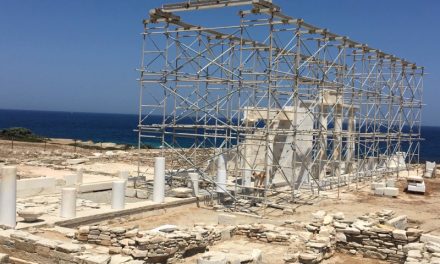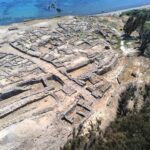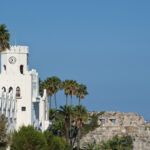Hadrian’s Aqueduct in Athens is the only Roman aqueduct of this type and size that has been constructed in Europe and that still carries water. This monumental technical construction of the ancient world does not only have great cultural value, but it can also be utilized to reduce the city’s environmental footprint.
The Greek government is supporting a multi-dimensional plan to put this ancient aqueduct back into use, in order both to cover current needs for irrigation water, and to develop new places of cultural and environmental interest. The restoration of Hadrian’s aqueduct is part of the sustainable development strategy of the Water Supply and Sanitation Agency of Athens (EYDAP), undertaken in cooperation the Ministry of Culture and Sports, the Attica region and the municipalities concerned.
The History of Hadrian´s Aqueduct
Hadrian’s Aqueduct is a marvel of engineering: its construction begun in 125 AD, it was completed in 140 AD, and it remained the main water supply for the wider region for centuries, operating without any change until the time of the Ottoman Occupation, in 1456. The aqueduct was designed through drilling 465 water-wells along the length of its alignment design; the running waters came from extracting water though the underground aquifers as well as from water streams that the aqueduct came across.
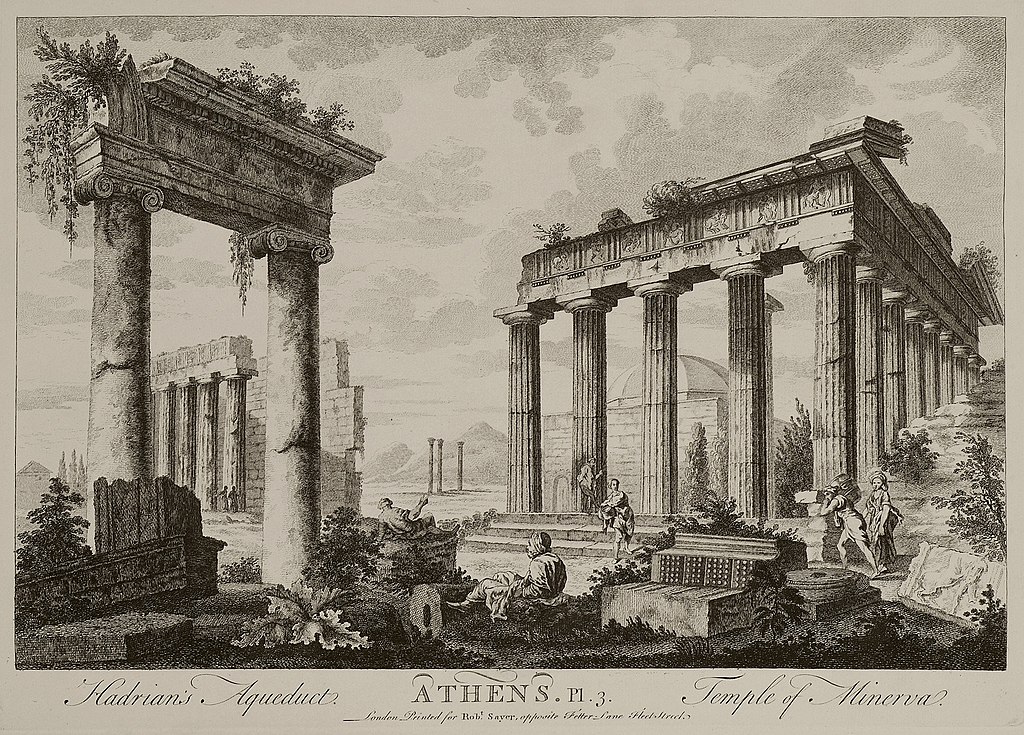
The underground tunnels of the ancient aqueduct start at the top of Mount Parnitha, in the north of Athens, and end up in the upscale district of Kolonaki, at the heart of the Greek capital, covering a distance of approximately 25 kilometers. The aqueduct connects various suburbs in Attica, running under seven municipalities: Acharnes, Metamorfosi, Heraklion, Marousi, Halandri, Pilothei-Psychiko and Athens and still proving water that is suitable for irrigation and other non-drinking uses.
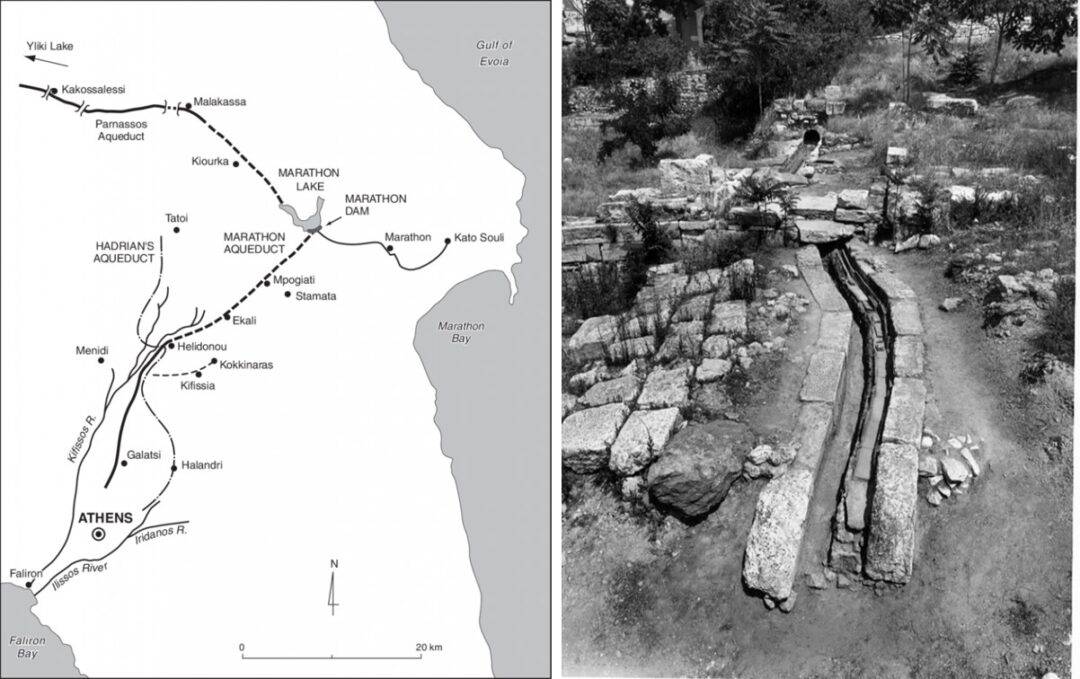
Due to the inclination, water flows naturally inside the aqueduct’s underground tunnel (of 1,2m -1,6m height and 0,8m width). The aqueduct’s reservoir was abandoned during the Ottoman Empire’s occupation, causing most residents to become reliant on wells. Restoration of the aqueduct began in 1847, and the aqueduct was cleaned and repaired at various times between 1870 and 1932 – when parts of it were included in the new water supply network of Athens that the Ulen water company constructed. In 1929 with the completion of the Marathon Dam, the Hadrian aqueduct ceased to be the main provider of water for the city of Athens, although it continued to work as a supplementary source for many years.
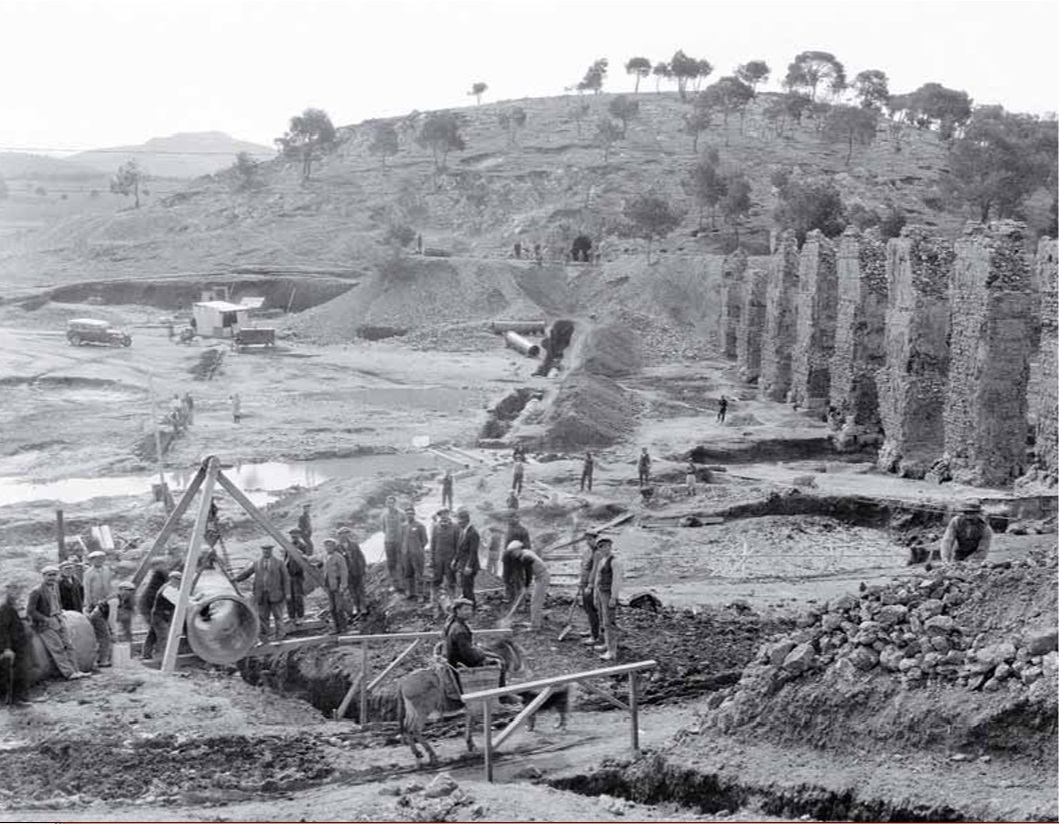
Today, Hadrian’s Aqueduct is destroyed in several places due to its disrepair and the development of the city above it (engineering works related to the construction of the metro, Olympic Games, etc.). To date, 390 water-wells of the original 456 wells of aqueduct have been located; 228 of them are visible and 174 can be found in public spaces.
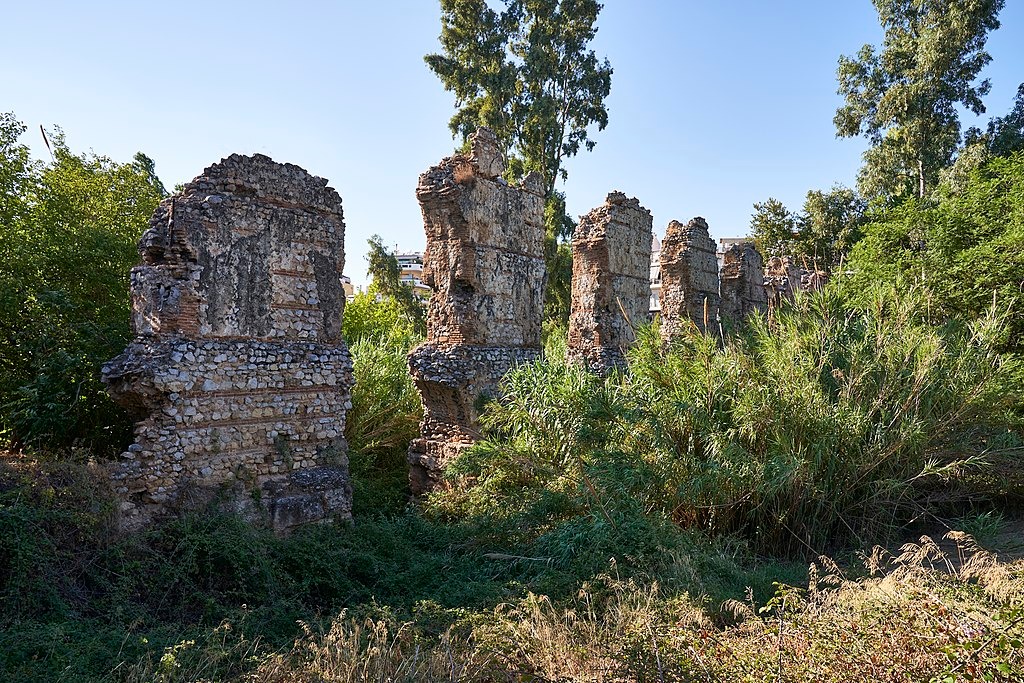
Restoring the Hadrian Aqueduct
In 2018, engineers and scientists from EYDAP (public Water Supply and Sanitation Agency of Athens) and the National Technical University of Athens, have started exploring Hadrian’s Aqueduct in order to estimate the quantity and the quality water supply of the network, so that it can be used for the irrigation of public land in the city.
In 2021 EYDAP announced that, with the aim of highlighting the aqueduct as a monument and reutilizing it as a water supply source, it is providing the resources for the strategic planning of the project of the restoration of the Hadrian Aqueduct.
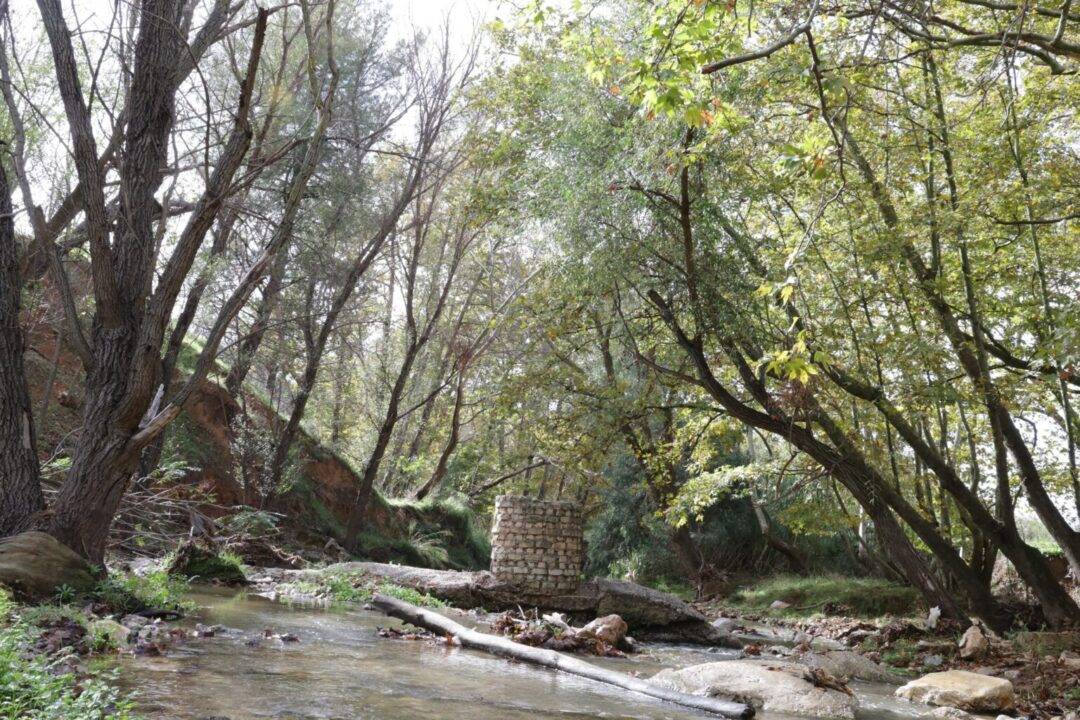
The restoration project aims to preserve the monument; use its underground waters in local irrigation; green the areas through which it passes in order to reduce the average temperature of Athens, and to enhance its sustainability by connecting it to local cultural, educational and economic activities. The development of the aqueduct is carried out in cooperation with the Ministry of Culture and Sports, the Attica region and the seven municipalities concerned. “The underground water route from Parnitha to the center of Athens can evolve into conduit for development, greening and more oxygen for all the municipalities through which it passes. EYDAP is ready to offer everything needed for the success of the joint effort”, according to a statement by Harry Sachinis, the CEO of EYDAP.
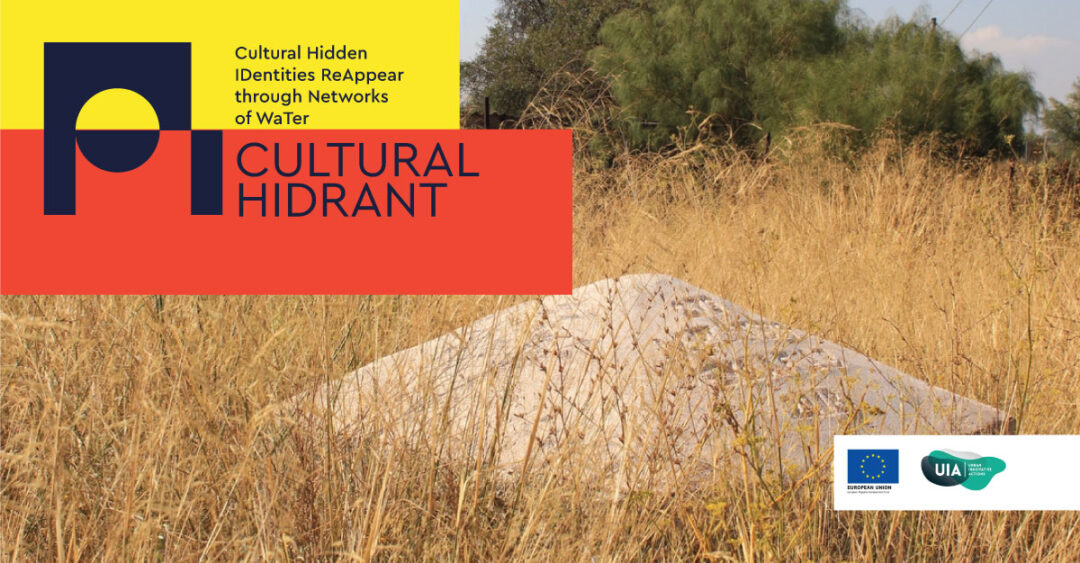
So far, EYDAP, in cooperation with the Municipality of Halandri and 6 other partners, participates in the project CULTURAL H.ID.RA.N.T. The project, implemented through the European program Urban Innovative Actions and co-funded by the European Regional Development Fund, focuses on the utilization of the non-drinking water of Hadrian’s Aqueduct for the Municipality of Halandri, as well as highlighting the Aqueduct as a monument of great cultural value.
The project is running since 2020; it is a particularly innovative urban regeneration project, based on the principles of sustainability and rational water management. Cultural H.ID.RA.N.T. raises heritage awareness through the re-exploitation of water from the Hadrian Aqueduct, the regeneration of Hadrian routes and the transformation of urban spots into Hadrian-watered “urban gardens”. As a result, water becomes a kind of cultural heritage ambassador, while the same time, cultural heritage re-initiates sustainable water use.
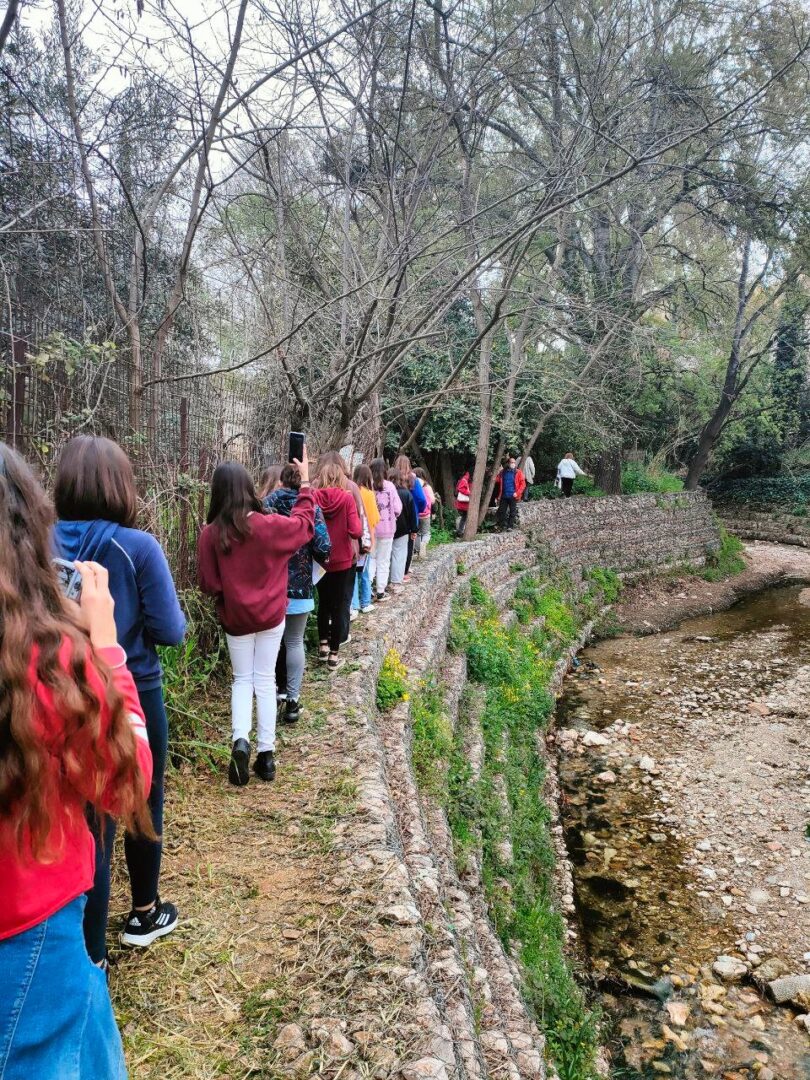
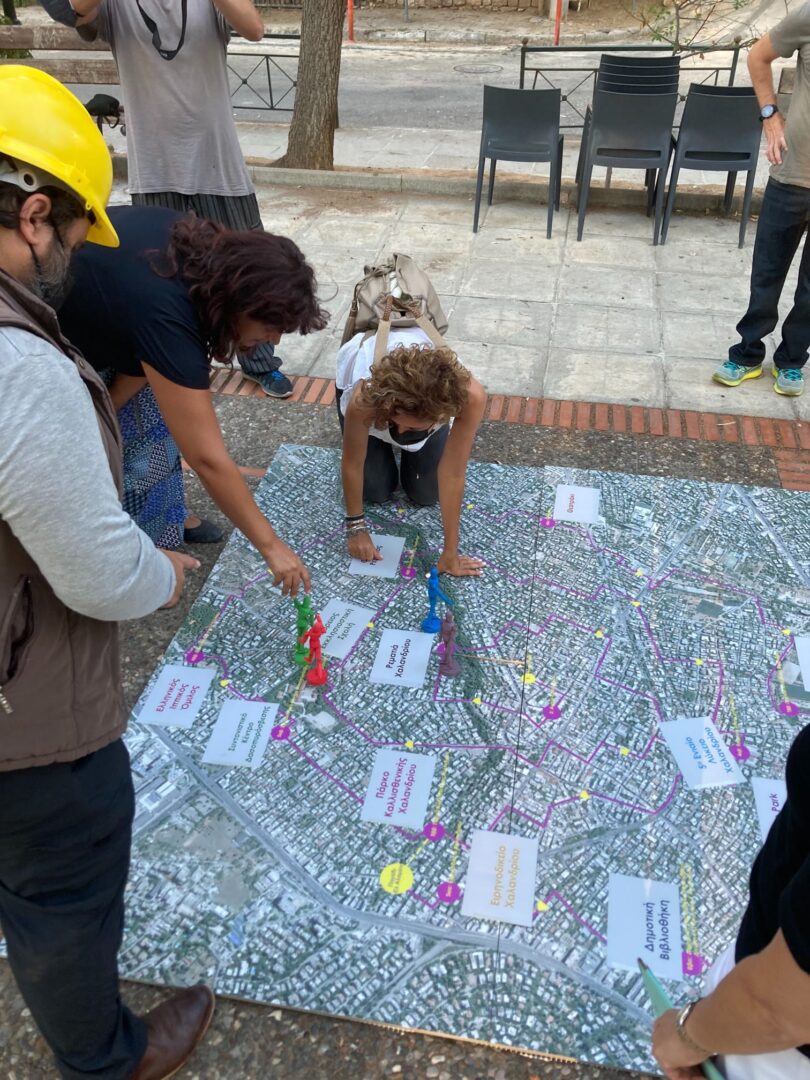
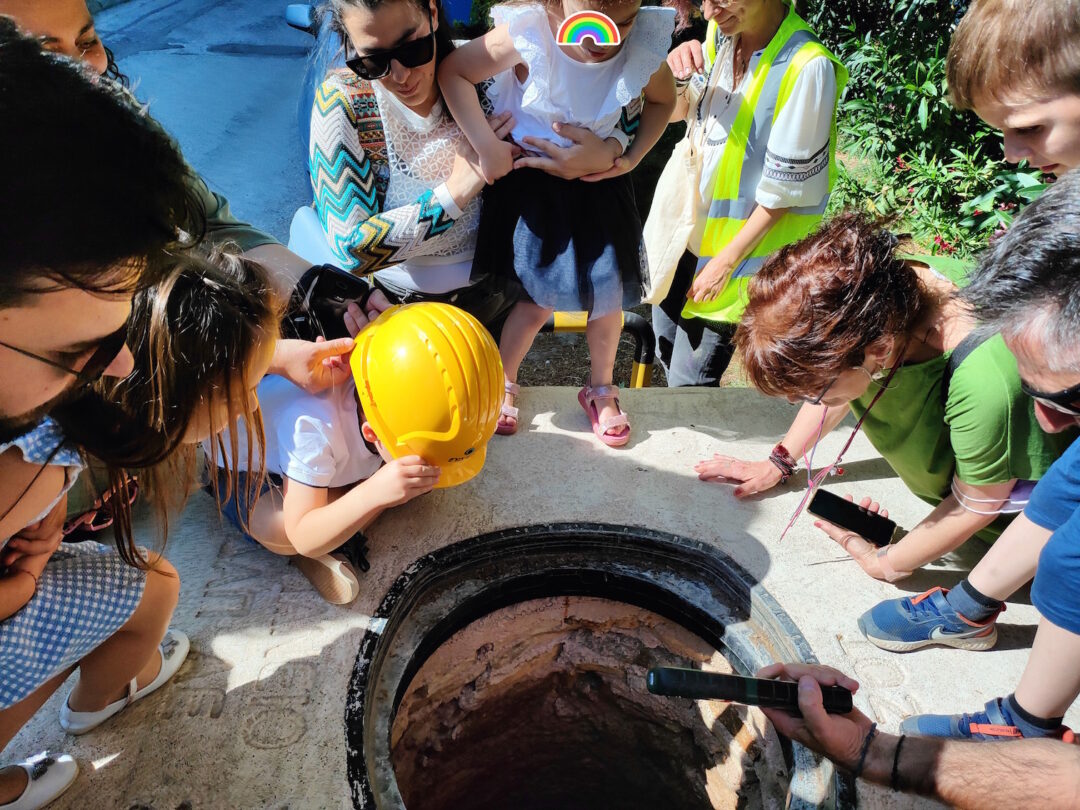
Cultural H.ID.RA.N.T gained worldwide acclaim as the Municipality of Halandri won the first prize for it in the 6th International Competition of Urban Innovation of Guangzhou, in the category “Sustainable Management of Cultural Heritage”. The awards were presented on Thursday, December 7 2023, as part of the Global Mayors Forum. The project and the Municipality of Halandri had qualified for the final among 274 nominations from 193 municipalities in 54 countries, as one of the leading examples of urban innovation.
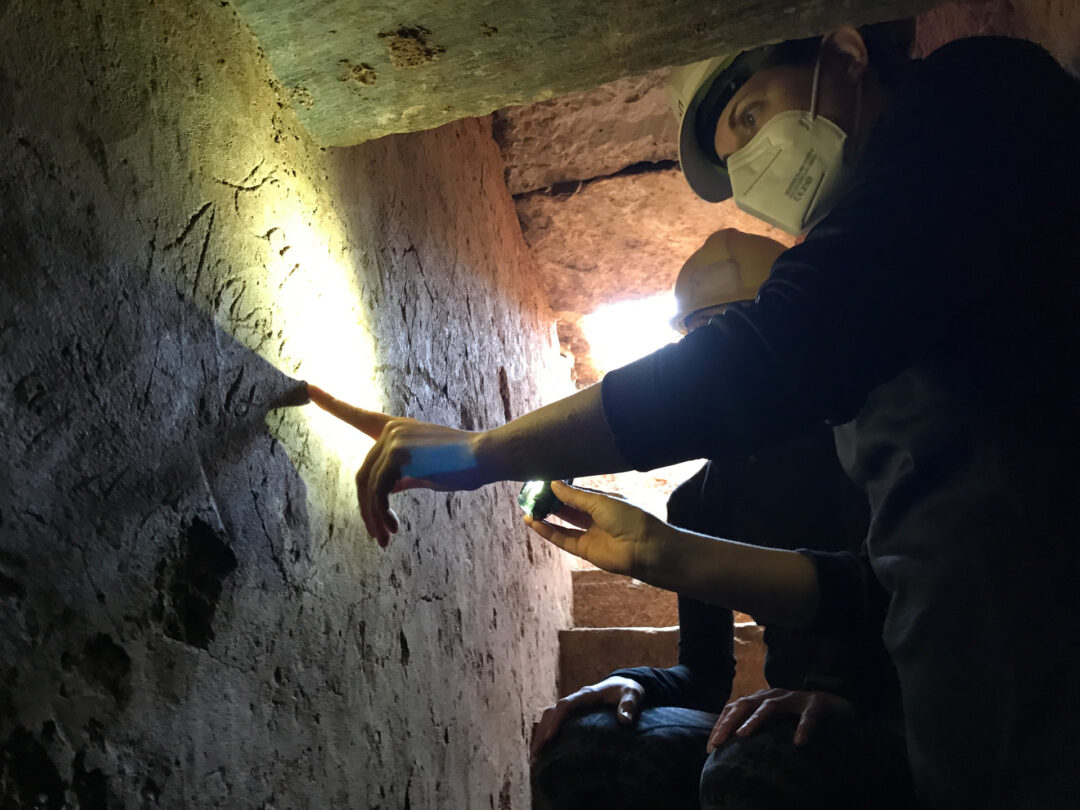
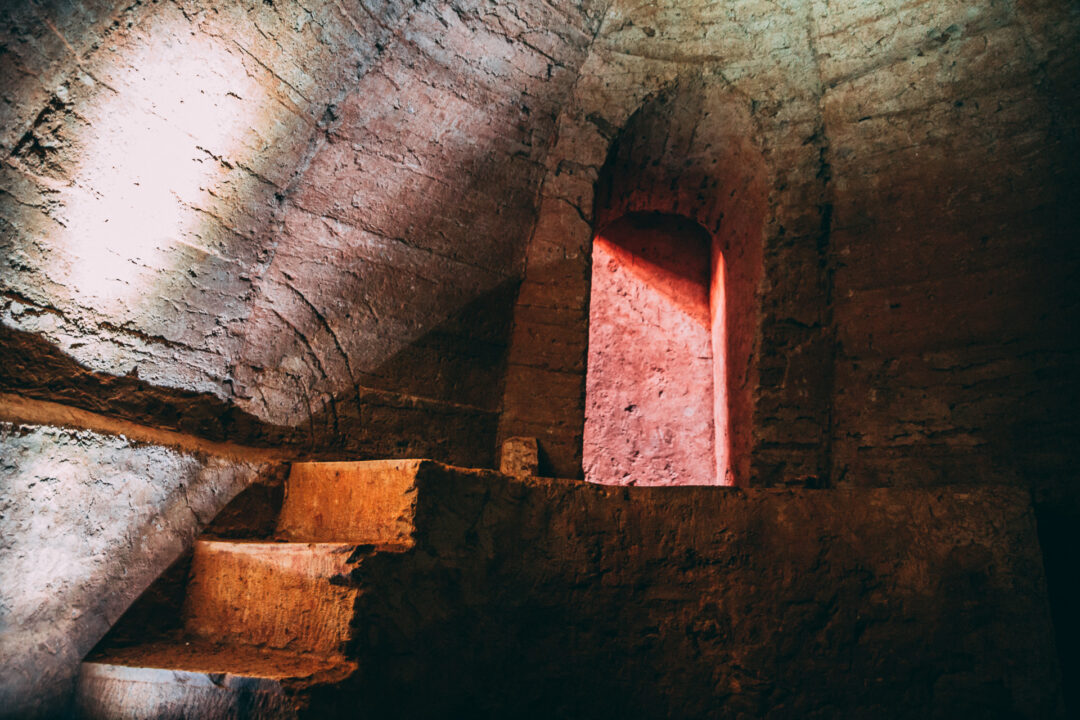
I.L., based on the article L’aqueduc d’Hadrien d’Athènes | Un rare monument romain, voire une ressource en eau précieuse by sister publication Grèce Hebdo and information from EYDAP, CULTURAL H.ID.RA.N.T. and the Municipality of Halandri.
TAGS: ARCHEOLOGY | ATHENS | ENGINEERING | ENVIRONMENT | MONUMENTS

